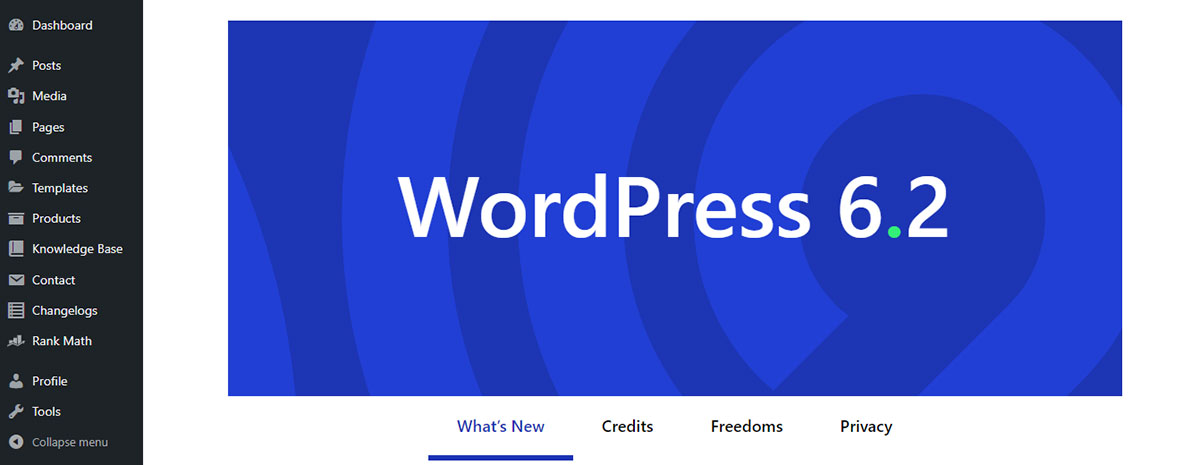What is the Backend? The Backend of a WordPress website is the section that is concealed and that only select users can access. These individuals typically have special access rights to control various aspects of the website, including adding plugins, making changes to the design, and producing new content.
Depending on their role, each employee who has access to the backend has a different level of permission. So, while the website’s owner has complete control over everything, other users might only have access to select features.
For instance, a user may only be able to view their previous orders and edit their personal information after logging into the website.
What is Backend Development?
Your website functionality is guaranteed by backend developers. They create and maintain the software that powers your website, including WordPress plugins and WordPress themes. They facilitate communication between different components of your website using code language. The most popular backend programming languages include PHP, Ruby, Python, Java, and .NET.
What is the Backend of WordPress?
WordPress is a CMS platform that makes it simple to build and maintain a website. You may access your WordPress site’s backend, sometimes referred to as the WordPress dashboard or admin area.
Your site URL must include “/wp-admin/” to access the WordPress backend. The main dashboard page will be divided into the following sections:
- Posts: Create, edit, and publish articles with advanced options.
- Media: Manage multimedia files (images and videos).
- Pages: Create and manage static pages.
- Comments: Approve, edit, or delete comments from visitors.
- Appearance: Customize your website’s design with colors, fonts, and layout.
- Plugins: Add new features to your website by installing plugins (Admin Only).
- Users: Manage who has access to your website and what they can do (Admin Only).
- Tools: Optimize your website’s performance and comply with data privacy laws (Admin Only).
- Settings: Configure your website’s basic settings to make it more personalized and user-friendly (Admin Only).
By selecting the Collapse menu or icon link at the bottom of the WordPress dashboard page, you can make the admin sidebar smaller. Reselecting the icon will cause the sidebar to return to its original size.

The Difference between Frontend and Backend of WordPress
The public part of your restaurant is similar to the front end of your website, accessible to all users. On the other hand, the backend can only be accessed by authorized users, just like the back door is only for restaurant employees.
The owner and their team create and manage the website on the backend, while the frontend of WordPress is the product visible to the public. The front end is where the customer experiences the complete product, although the back end is where the magic happens.
User Roles limit what Users can do and Access on the Backend
While you have full authority as the Administrator of a WordPress site, it is important to restrict other users’ access to keep your site secure. Using user roles in WordPress, you can limit what each user can do.
Different WordPress user roles include:
- Subscriber: who can only view content.
- Contributor: who can write but not publish posts.
- Author: who can write and publish their own posts.
- Editor: who has more capabilities including moderating comments.
- Administrator: who can do everything including changing settings and adding users.
- Super administrator: have access to all sites on a WordPress multisite network.
Now You Know “What is the Backend in WordPress?”
In short, the Backend interface of the website is important to manage and control different parts of the website. With the help of multisite, backend users of the website can easily write, modify and publish documents, manage multimedia content, enhance SEO, control comments, expand functionality website, improve website performance, and customize basic settings.
Read More: What Is Backup In WordPress?
Contact US | ThimPress:
Website: https://thimpress.com/
Fanpage: https://www.facebook.com/ThimPress
YouTube: https://www.youtube.com/c/ThimPressDesign
Twitter (X): https://twitter.com/thimpress